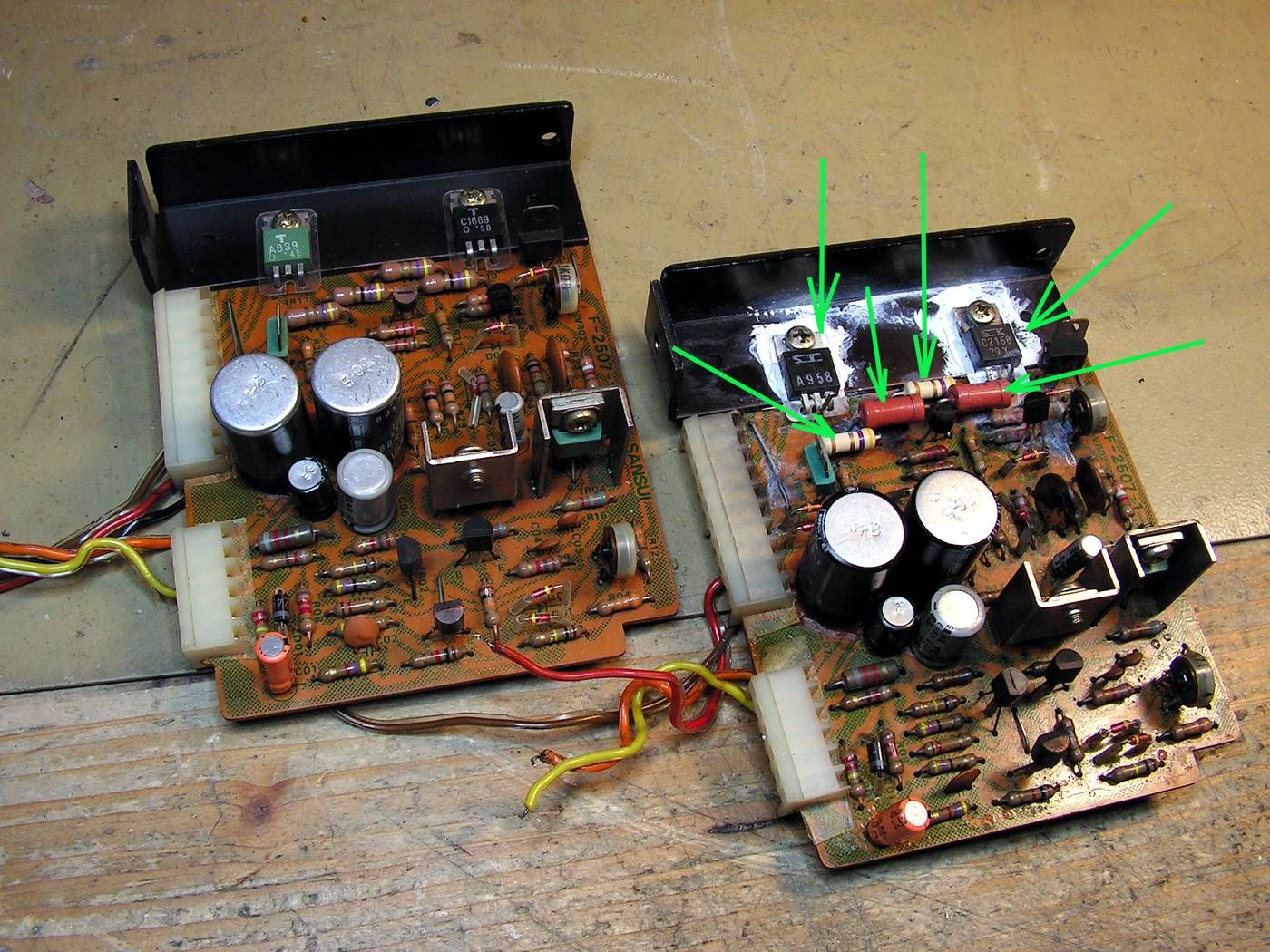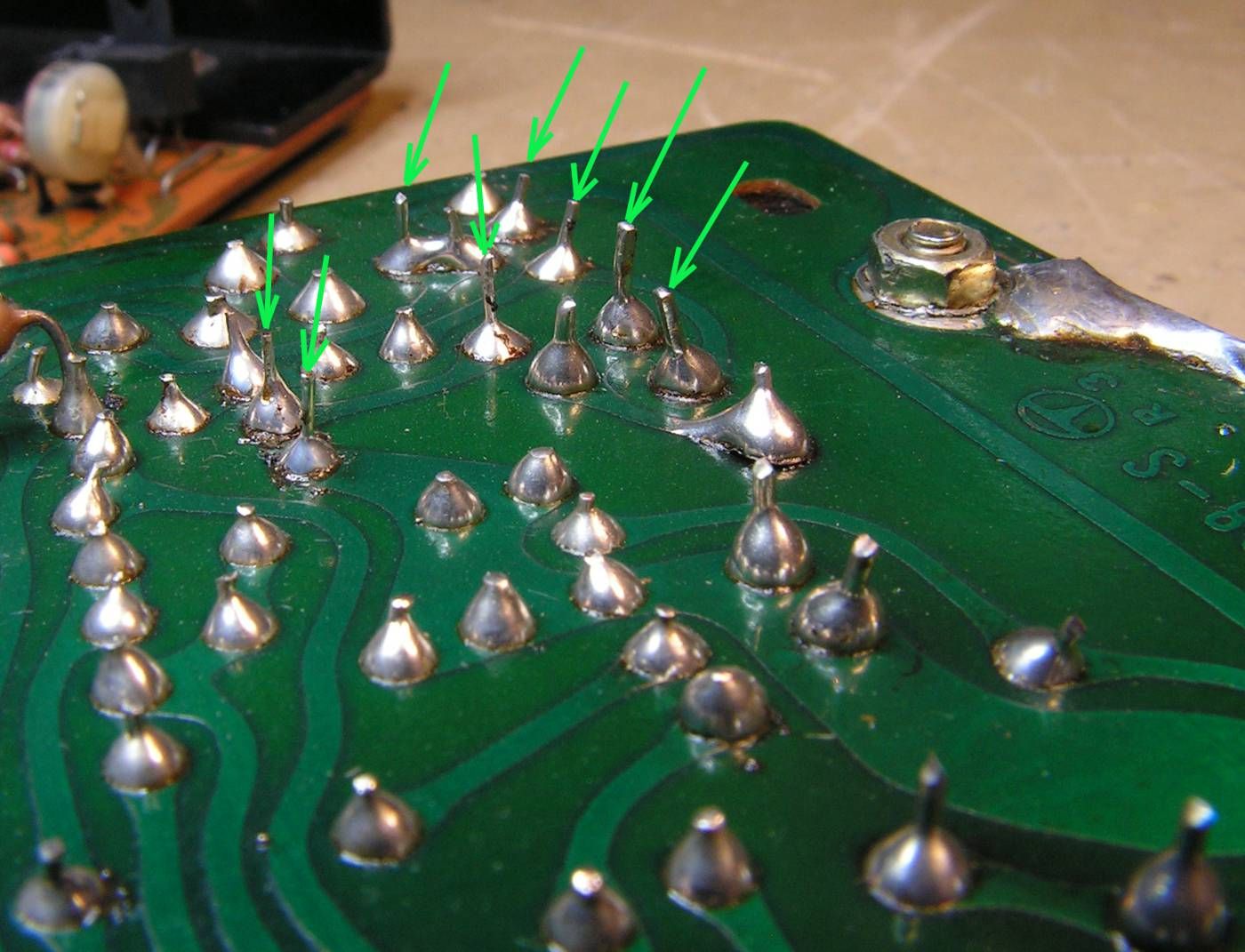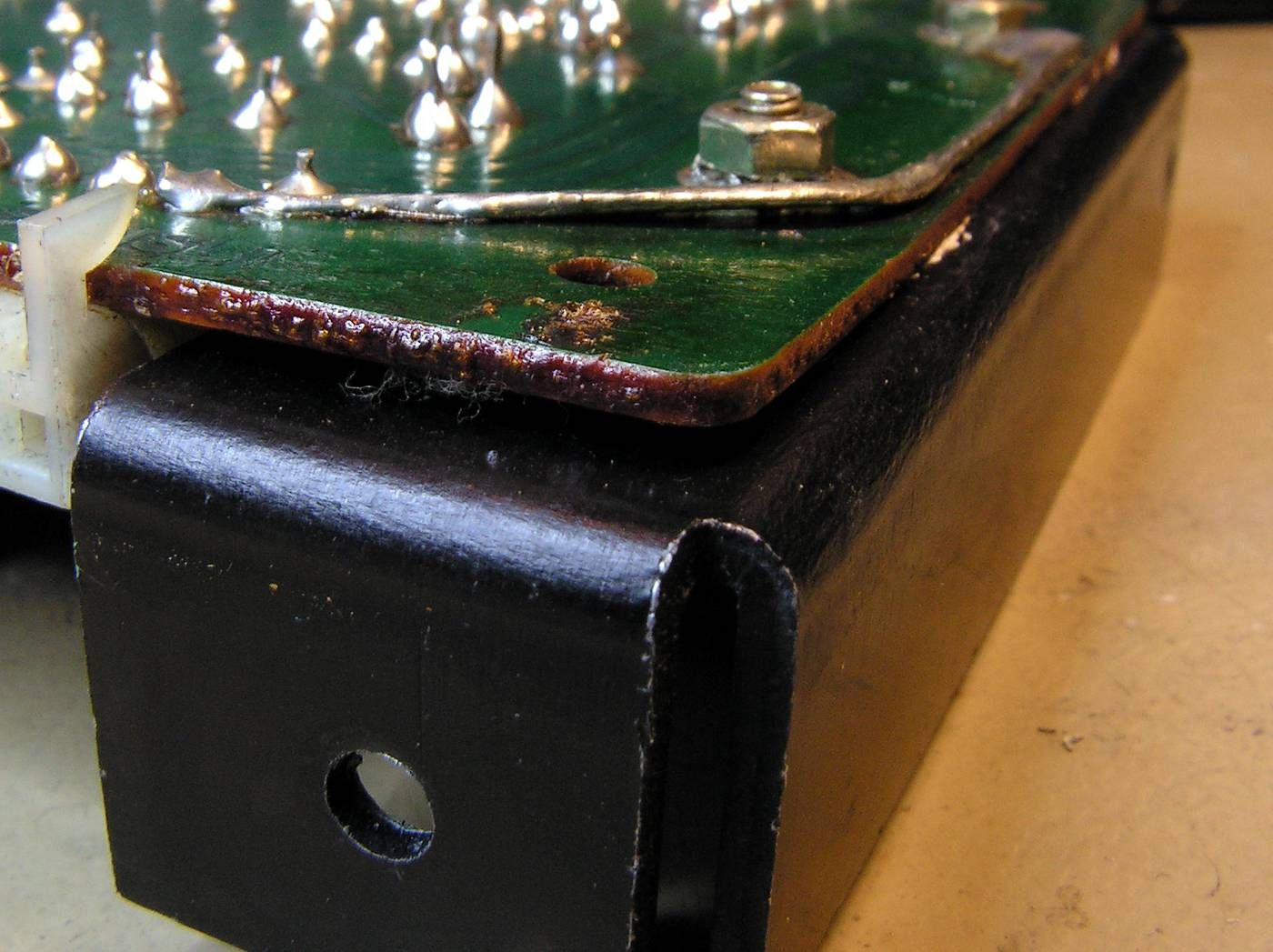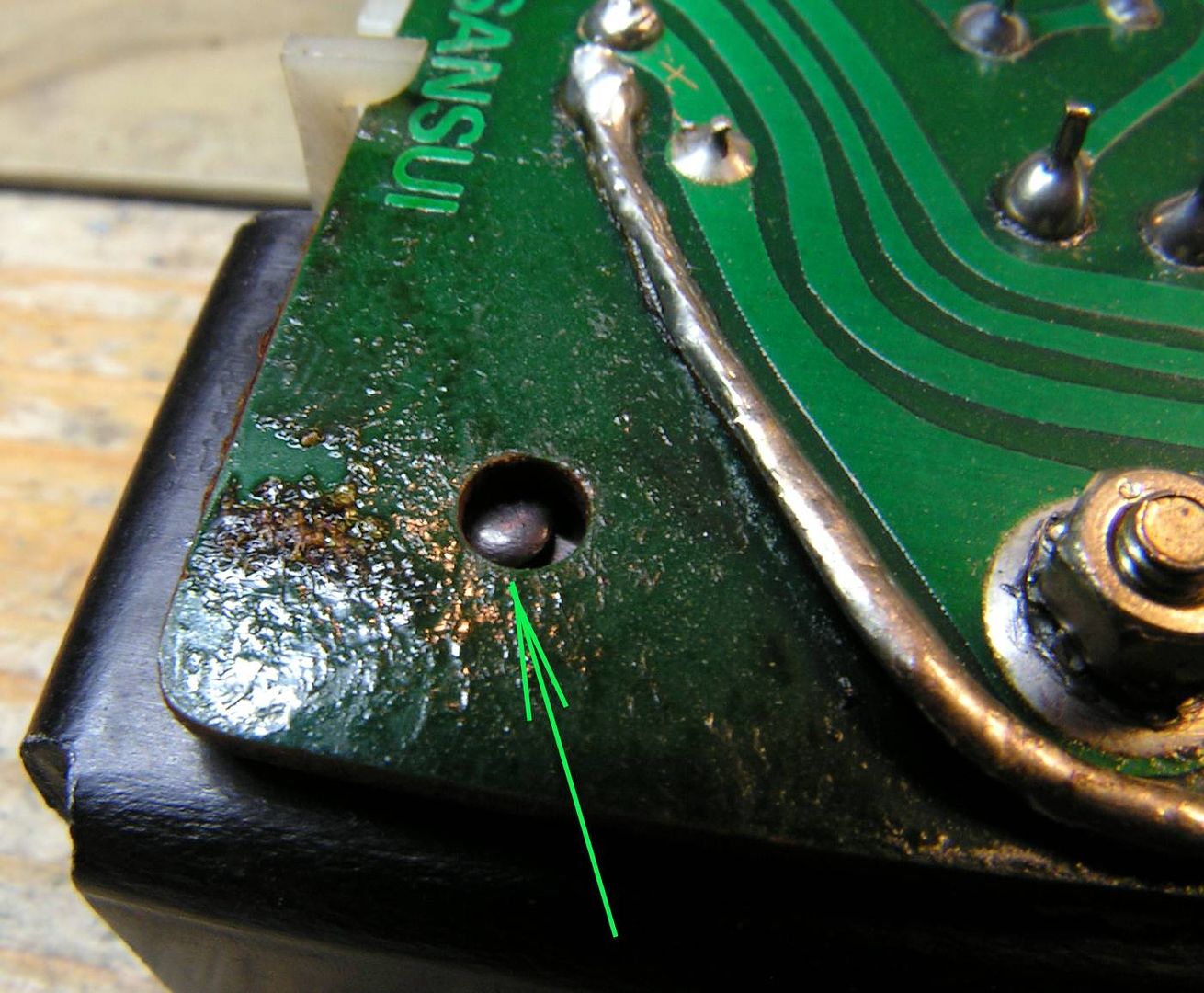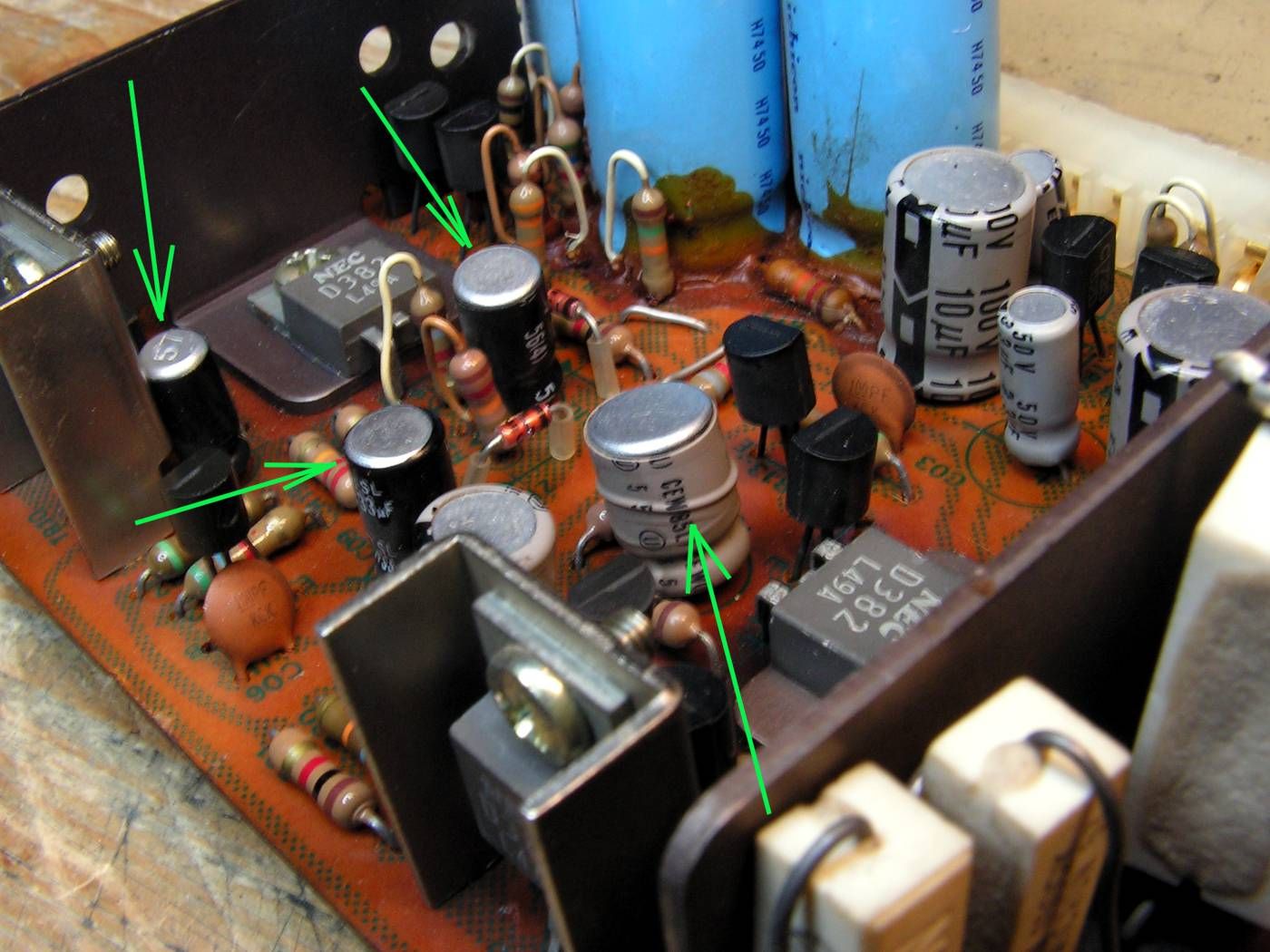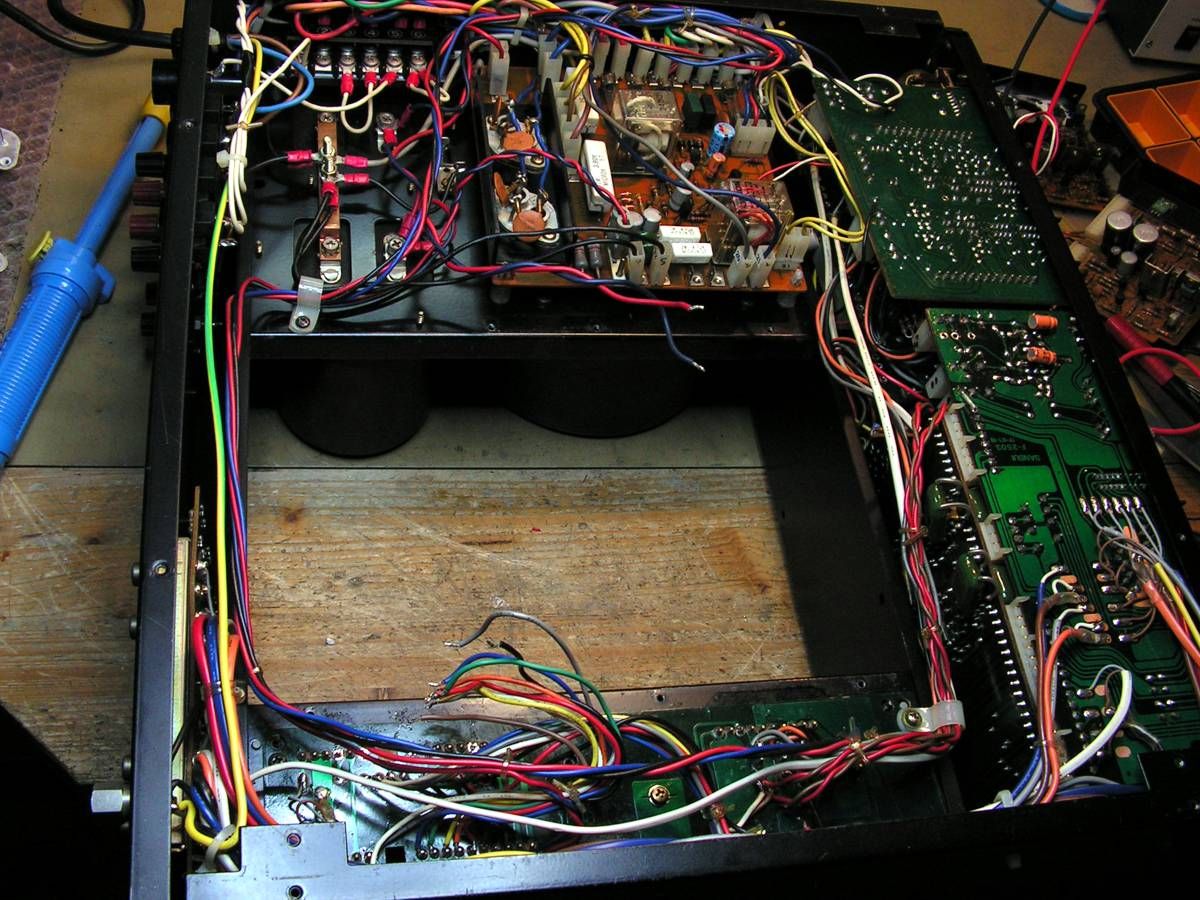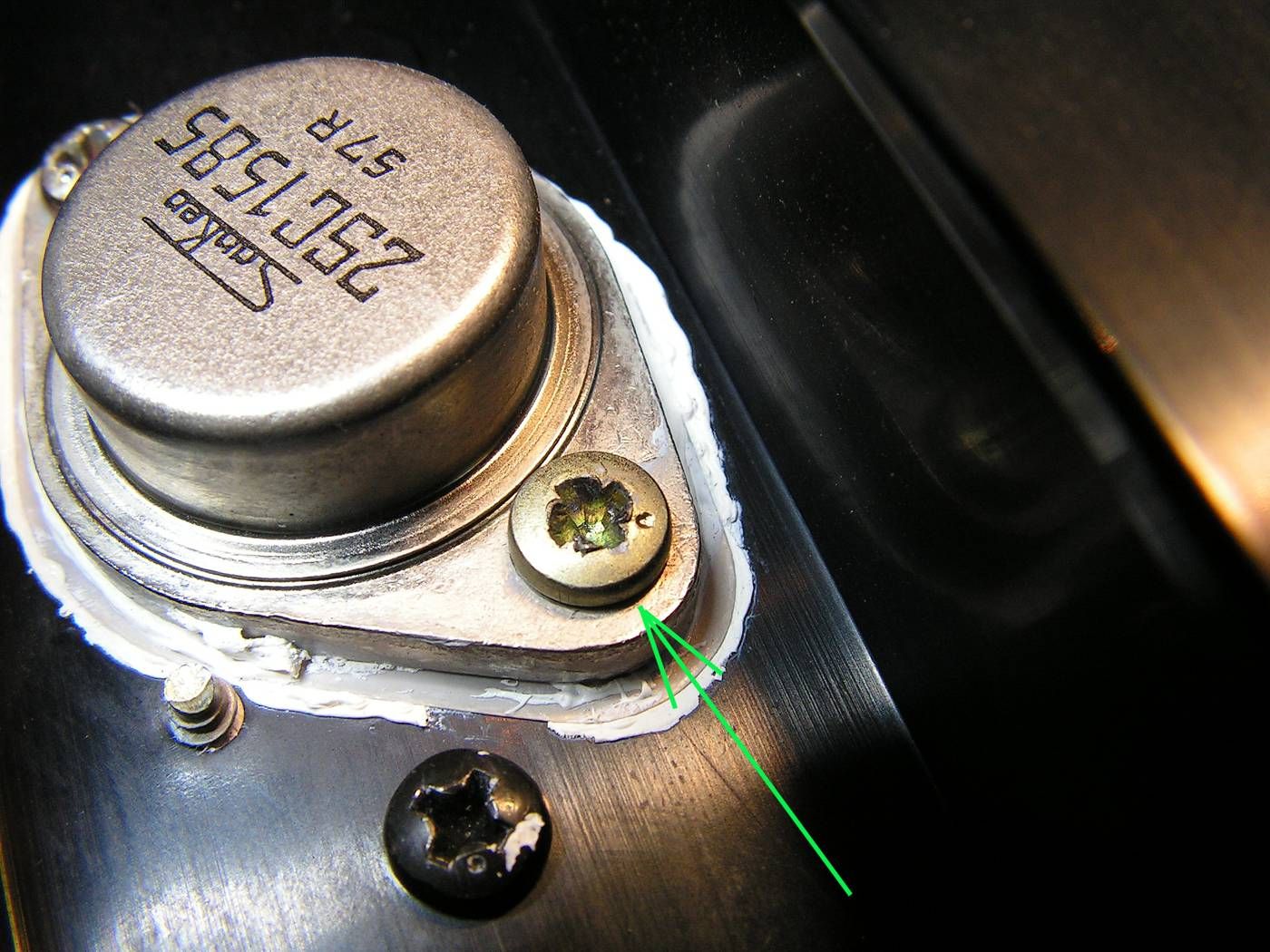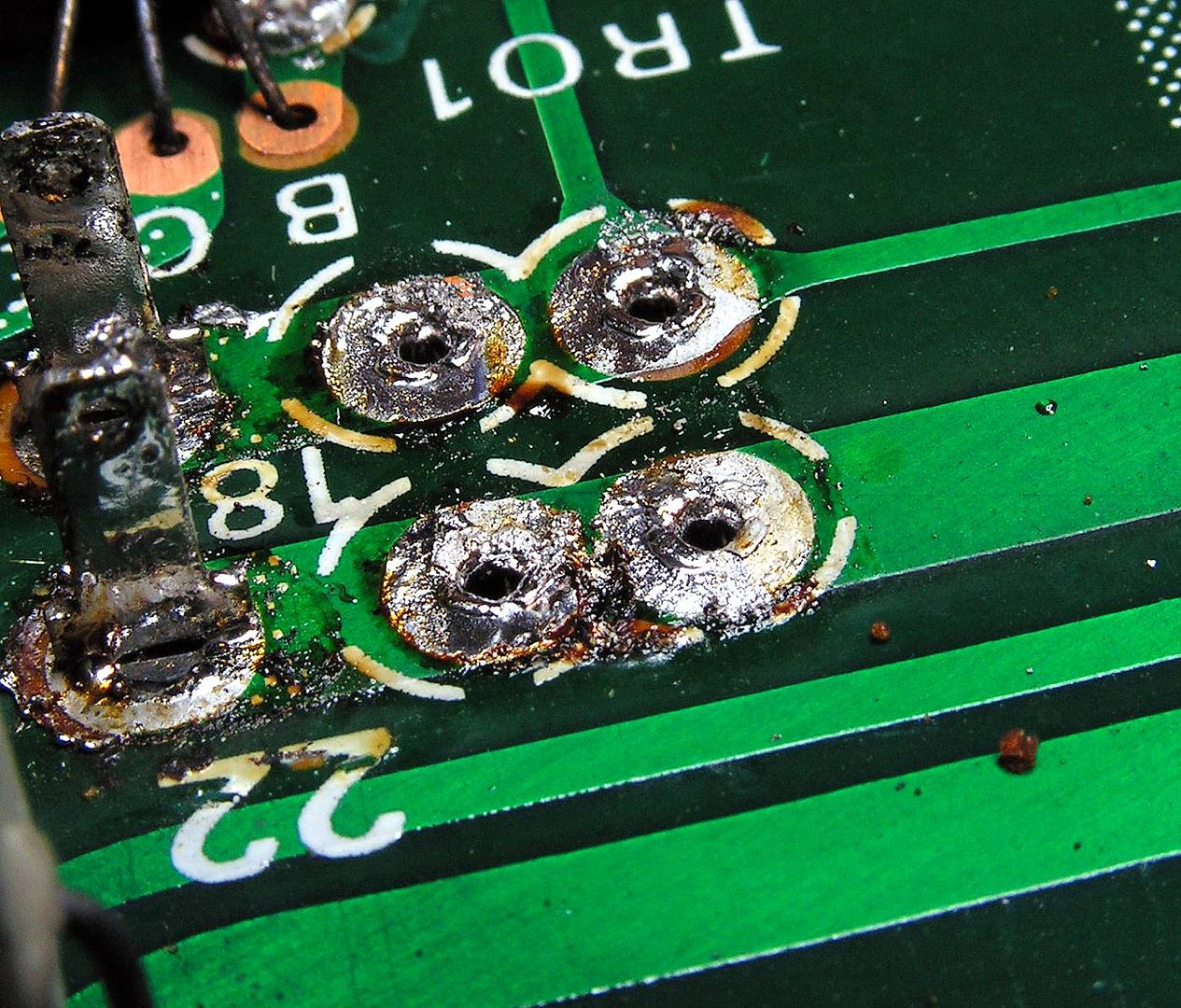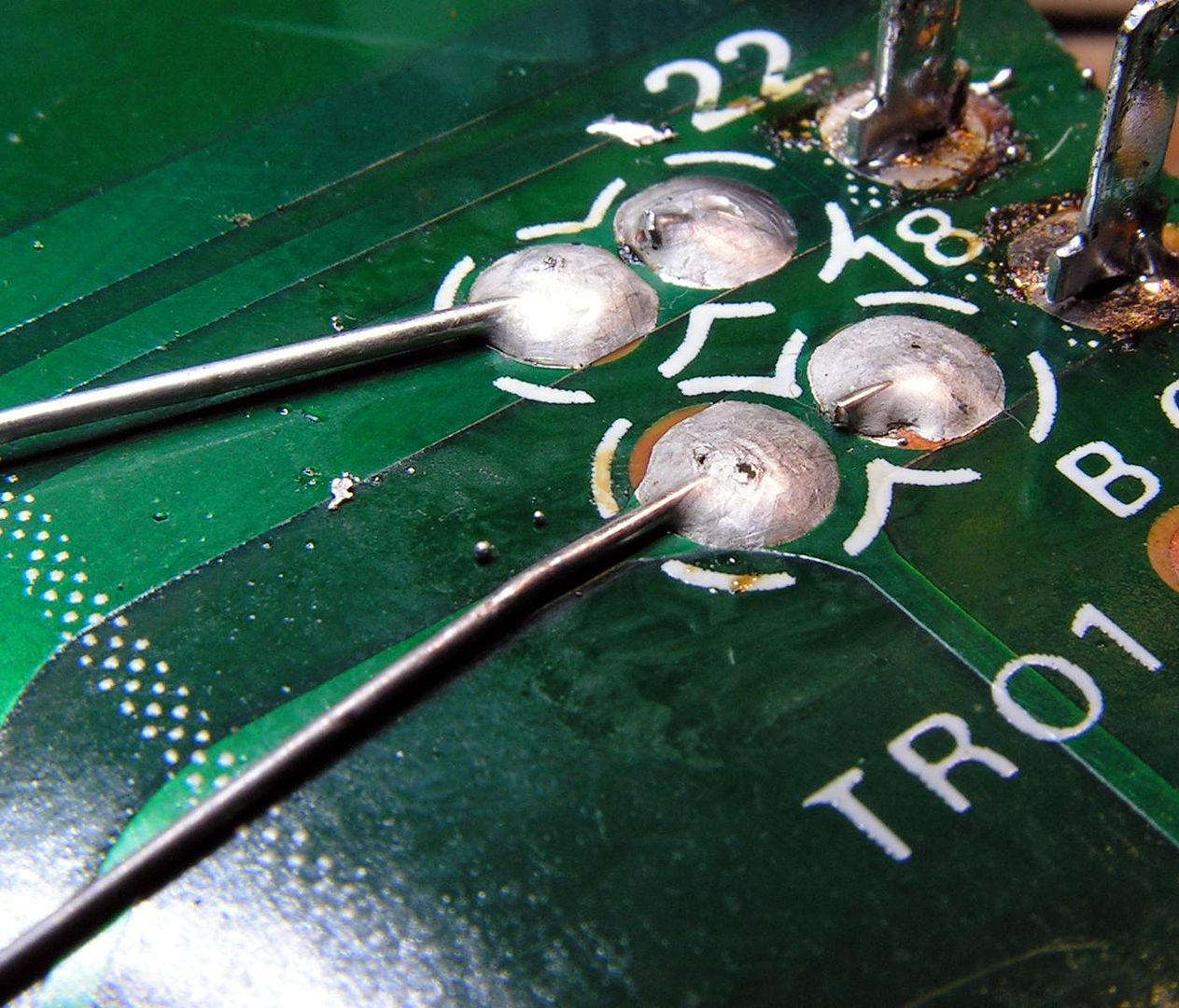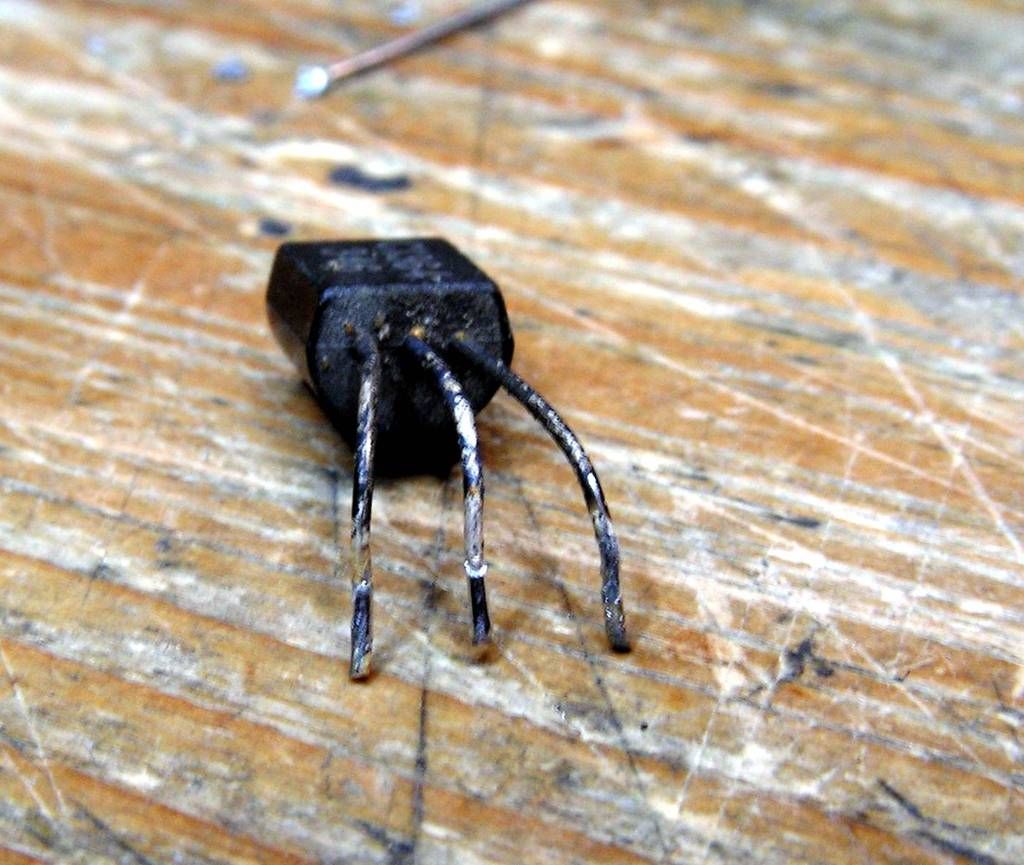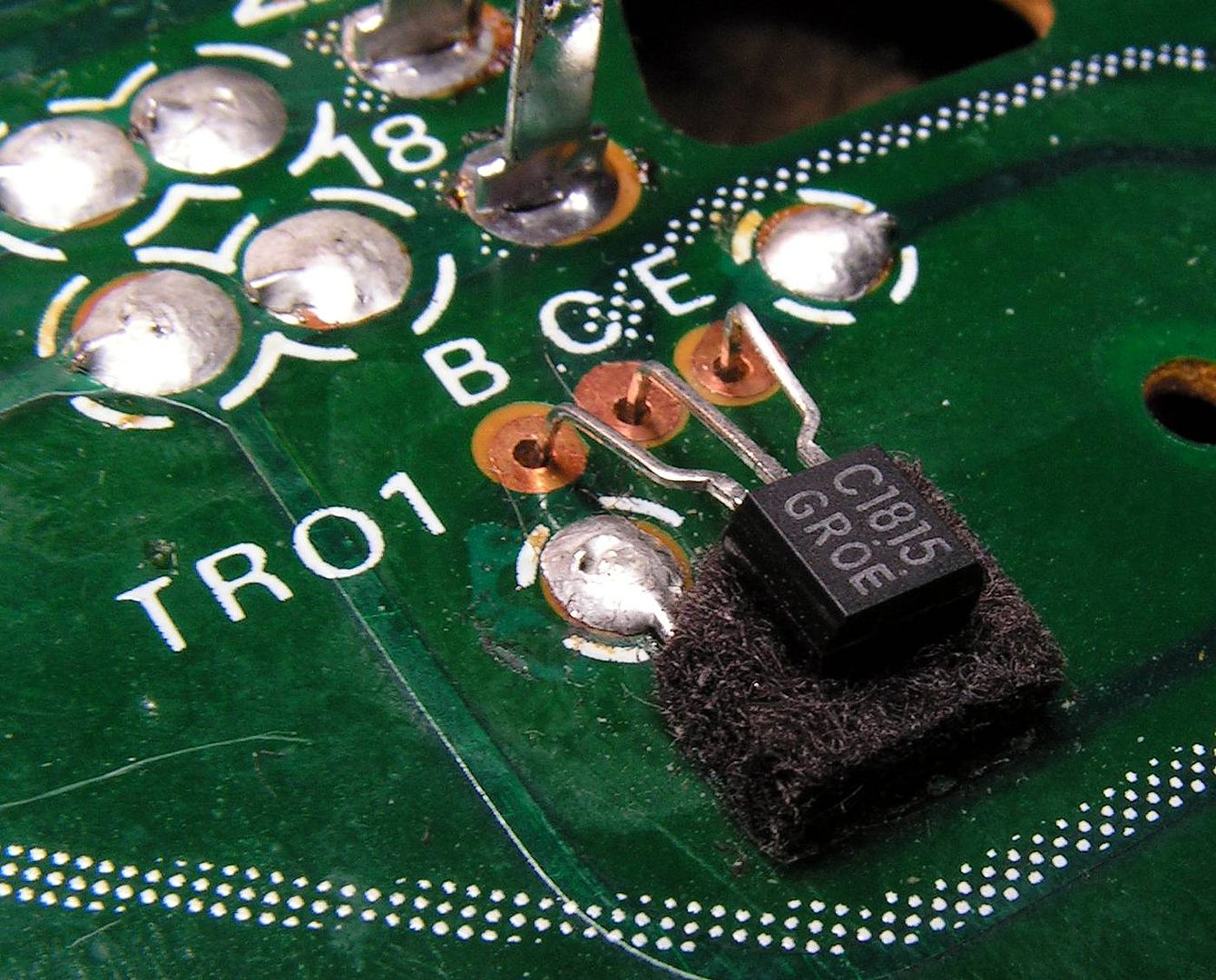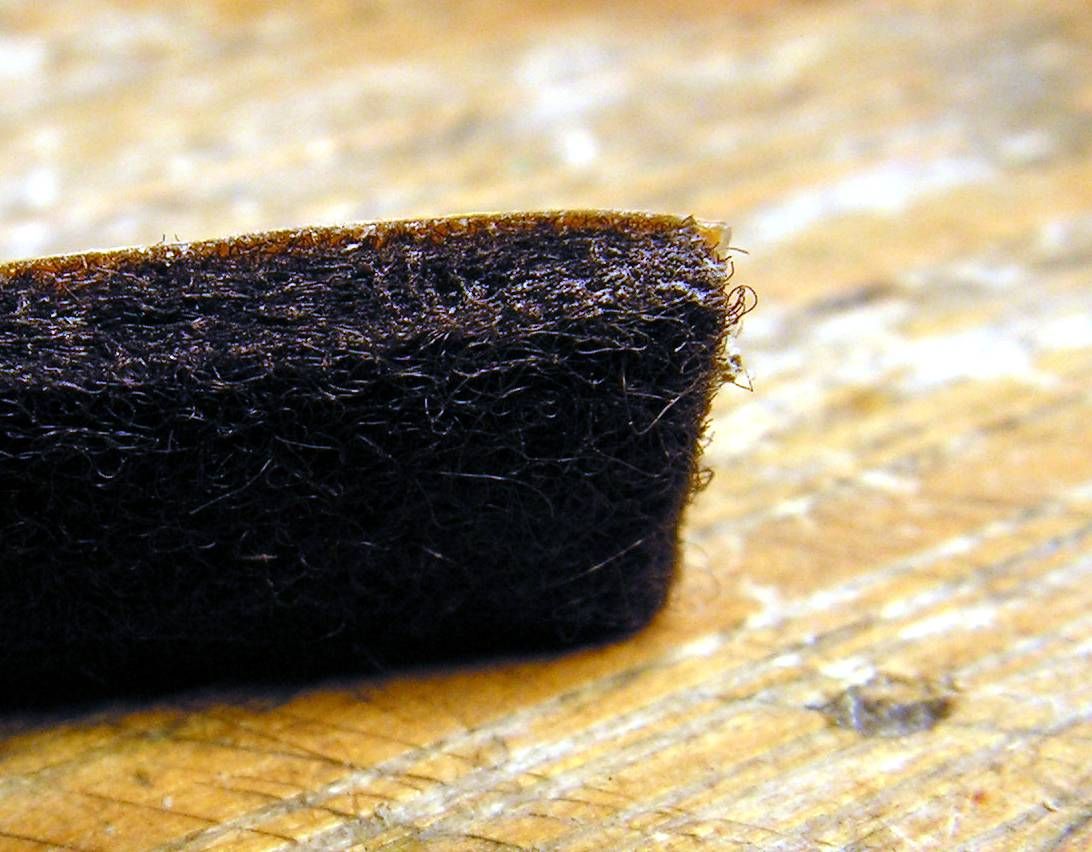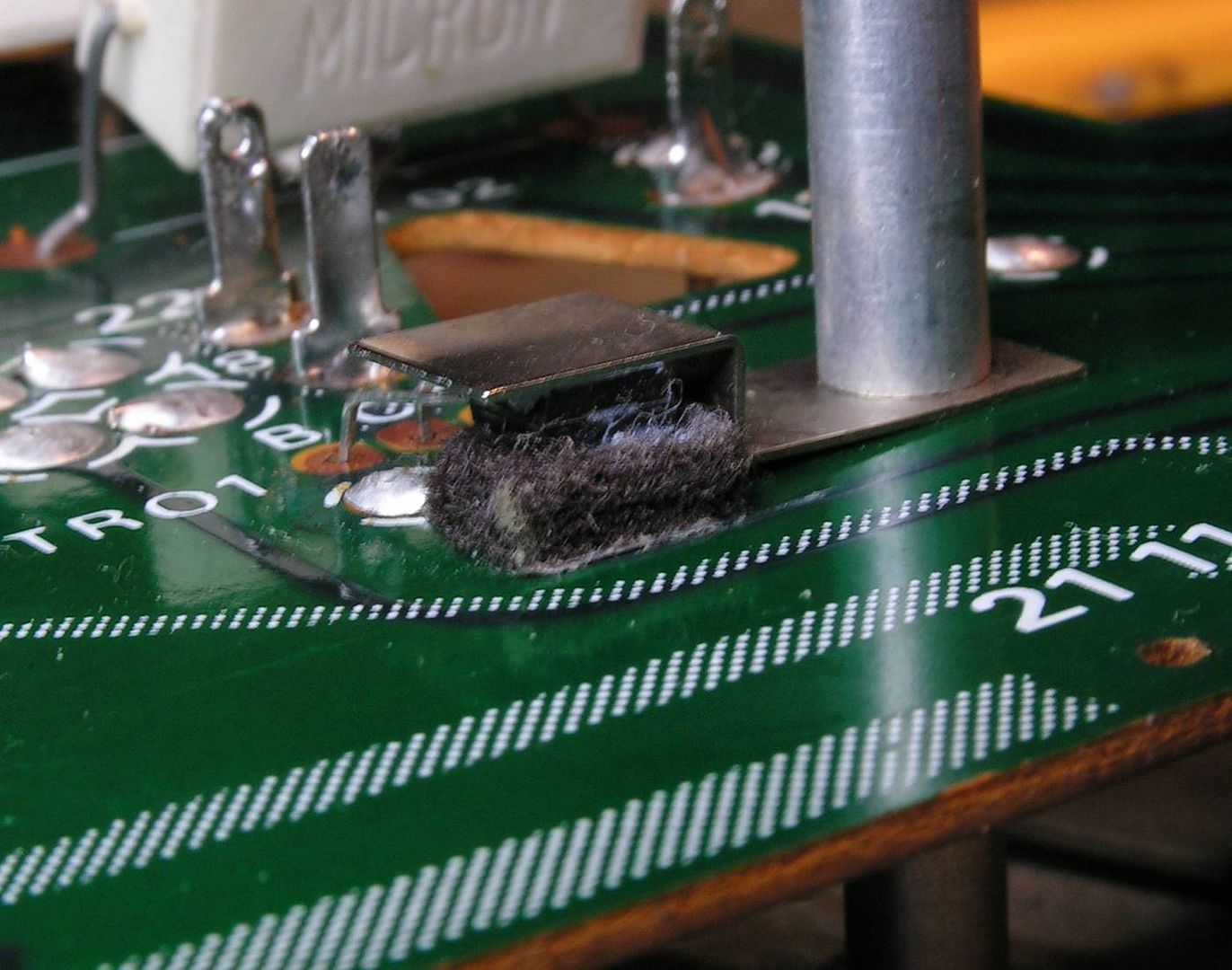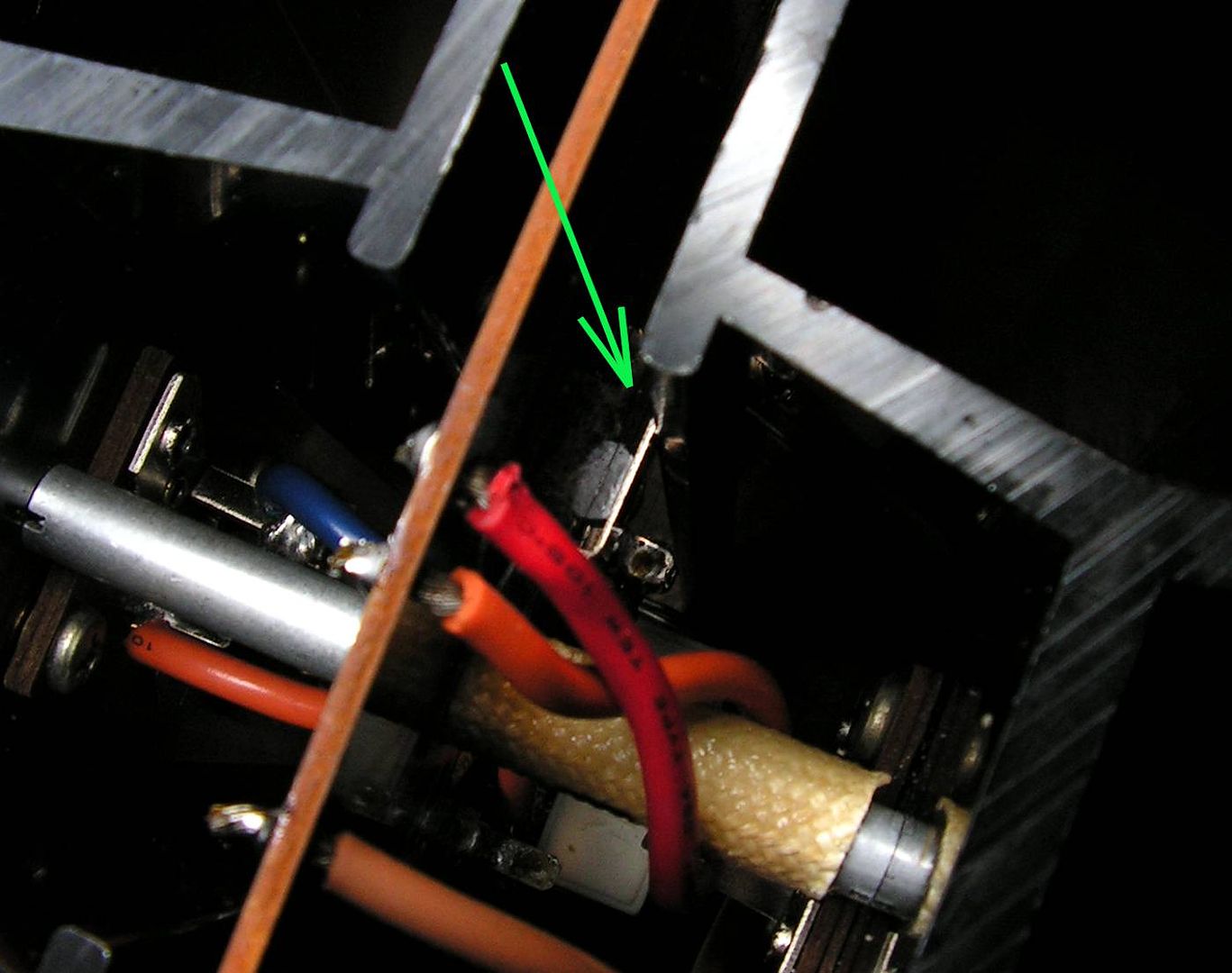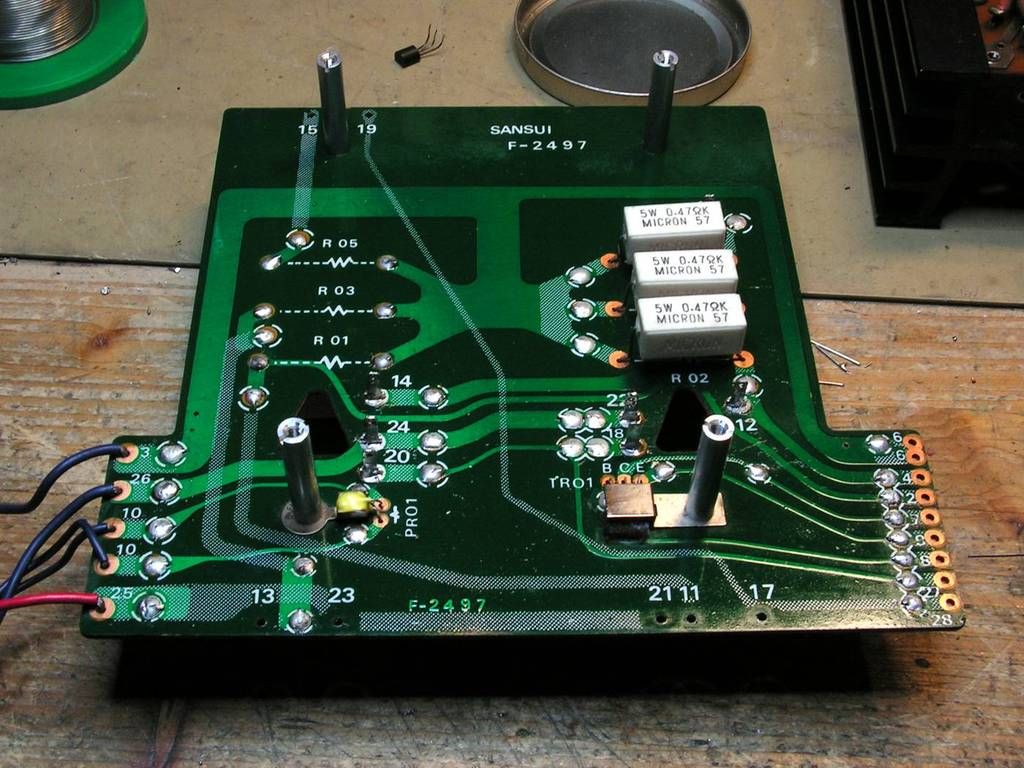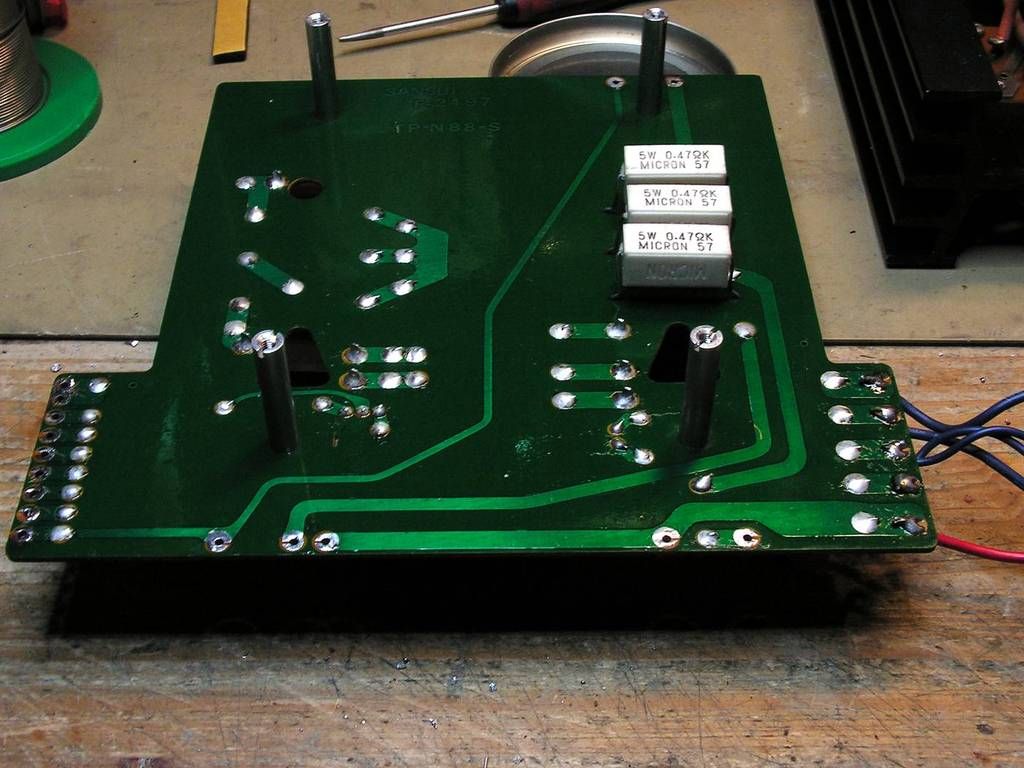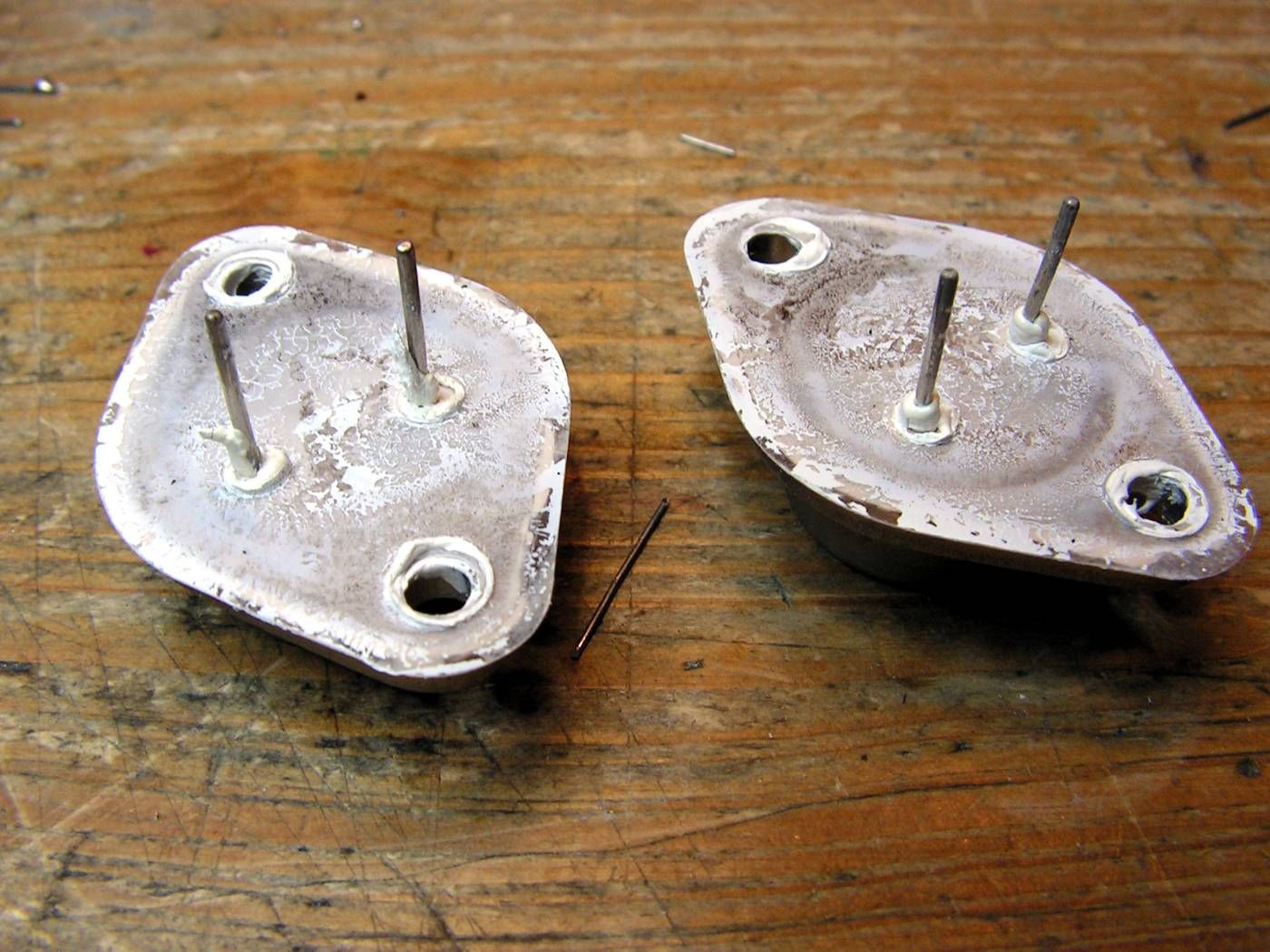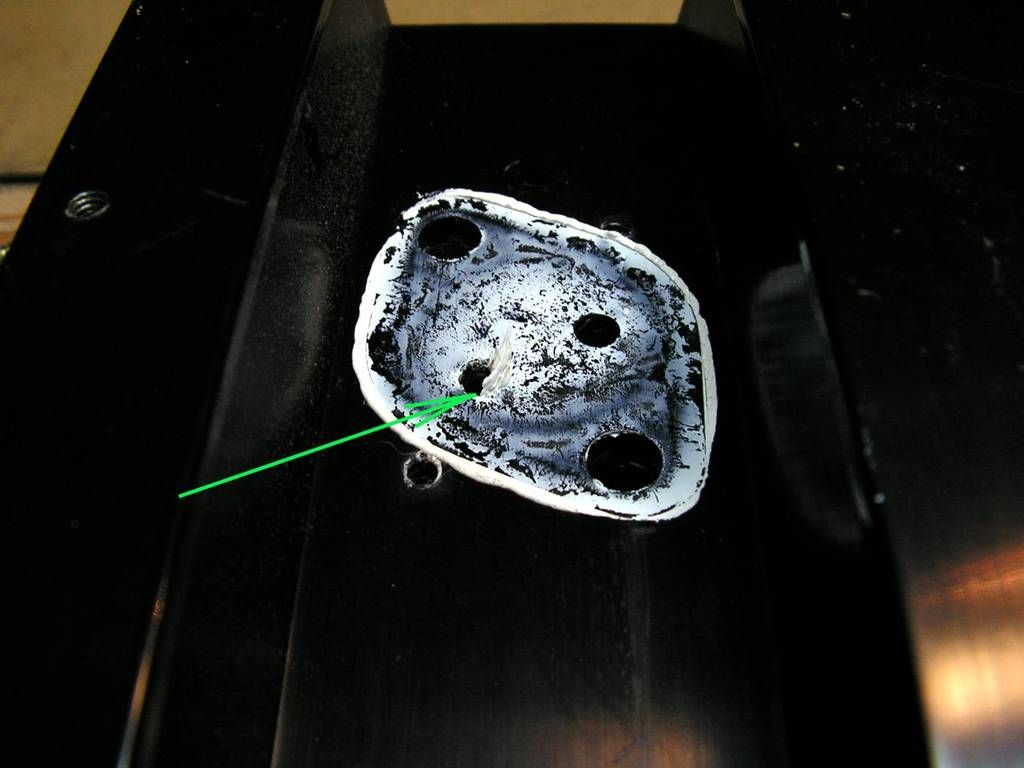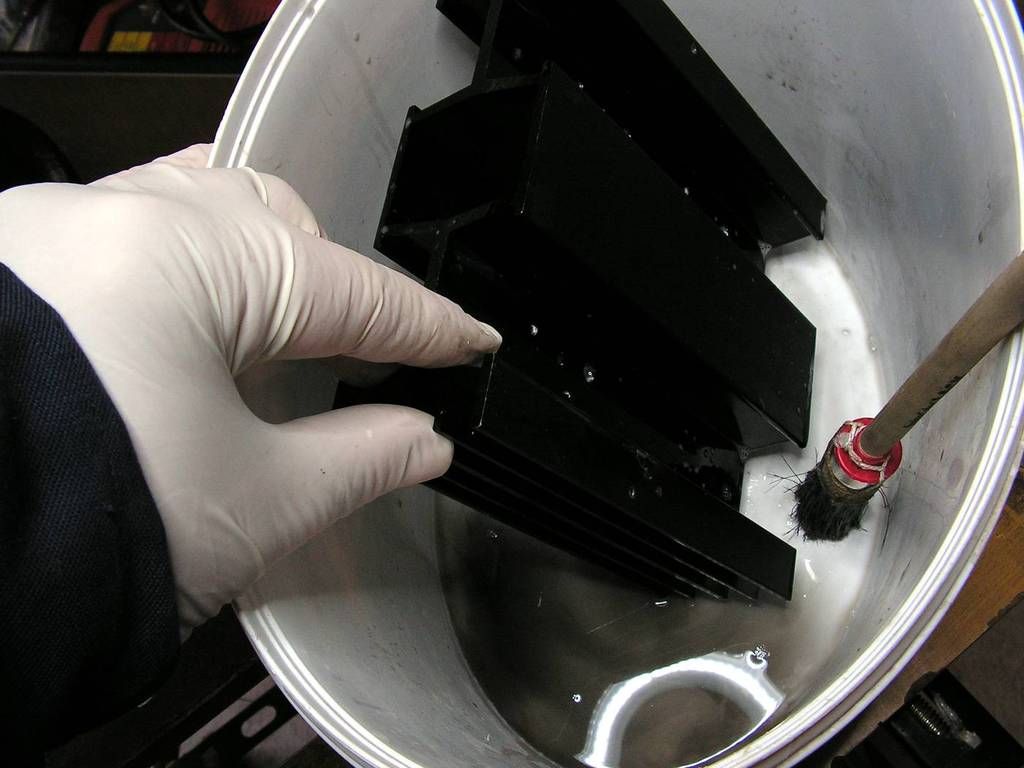Kale
Super Member
Another big Sansui on my bench… Sansui AU20000!
Amplifier has some issues, and someone tried to fix it in the past… but first some pictures how I got it…
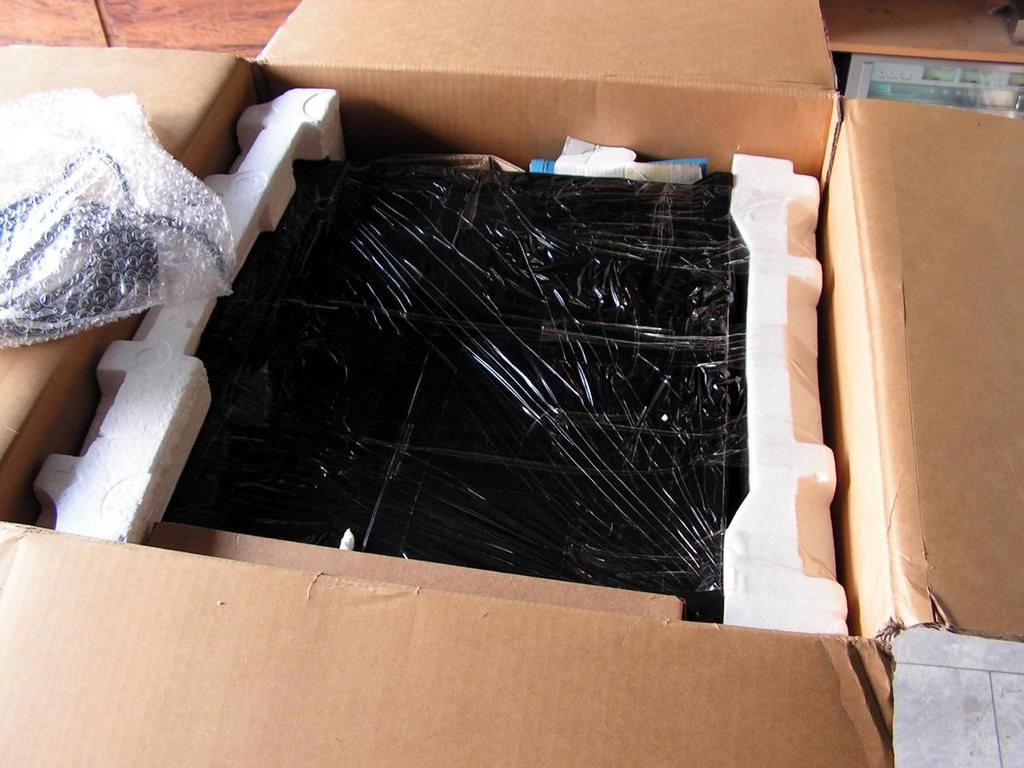
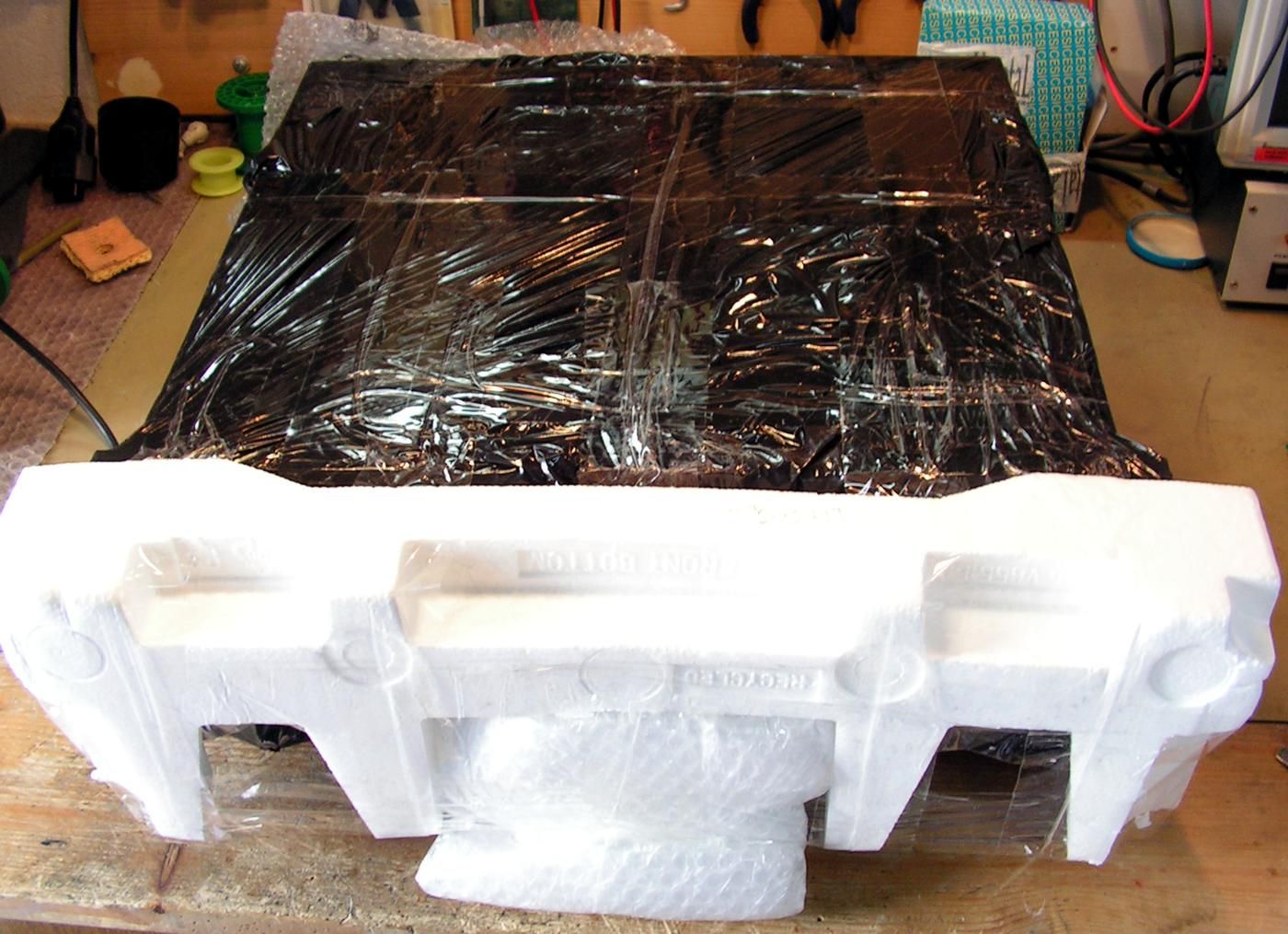
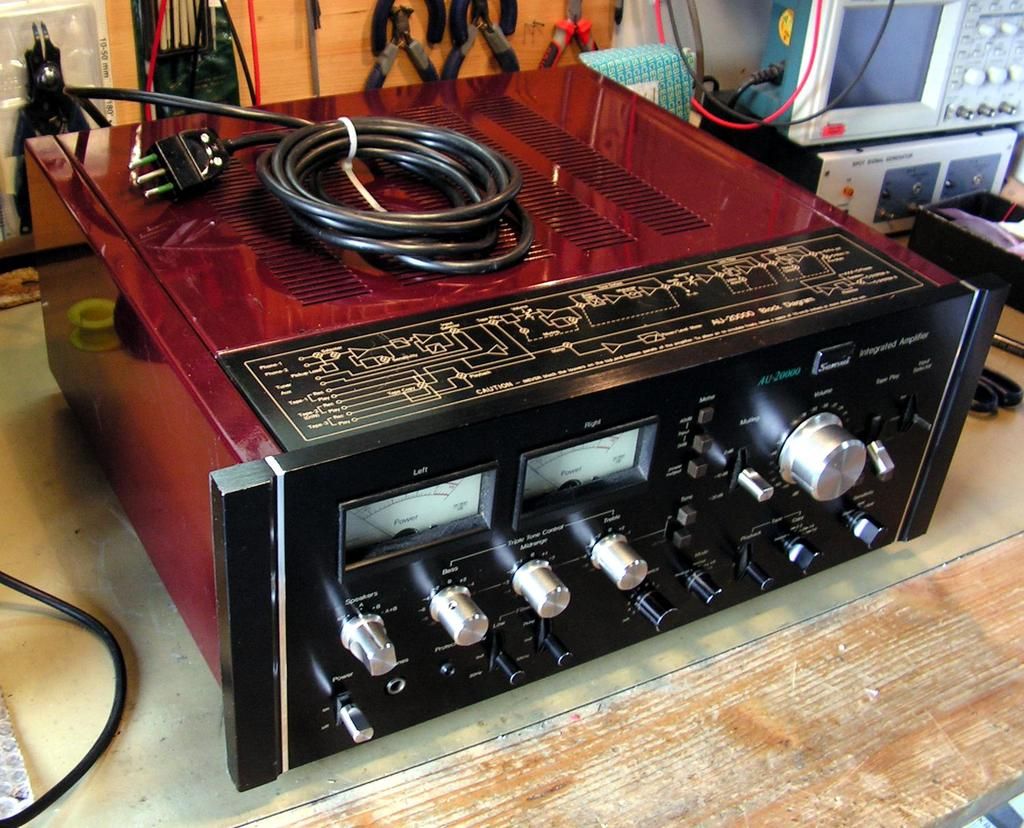
First what I noticed is this ceramic power resistor connected to the power meters (?!)… I will see about that later….

Second, that Tone amplifier board has some new electrolytic capacitors and some new small signal transistors… that will be checked later too…
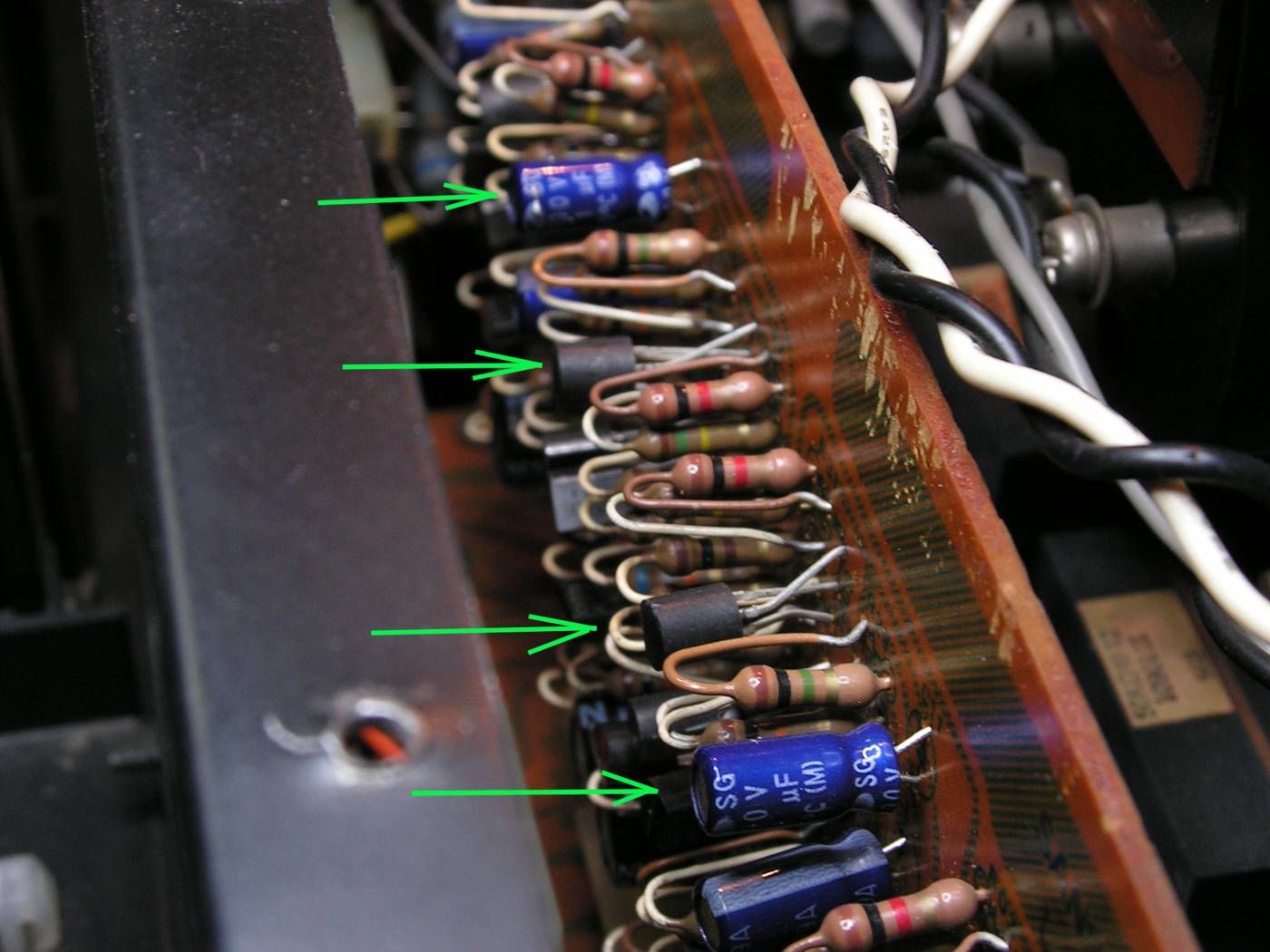
Amplifier has some overheating problems, look how looks like some electrolytic capacitors ….
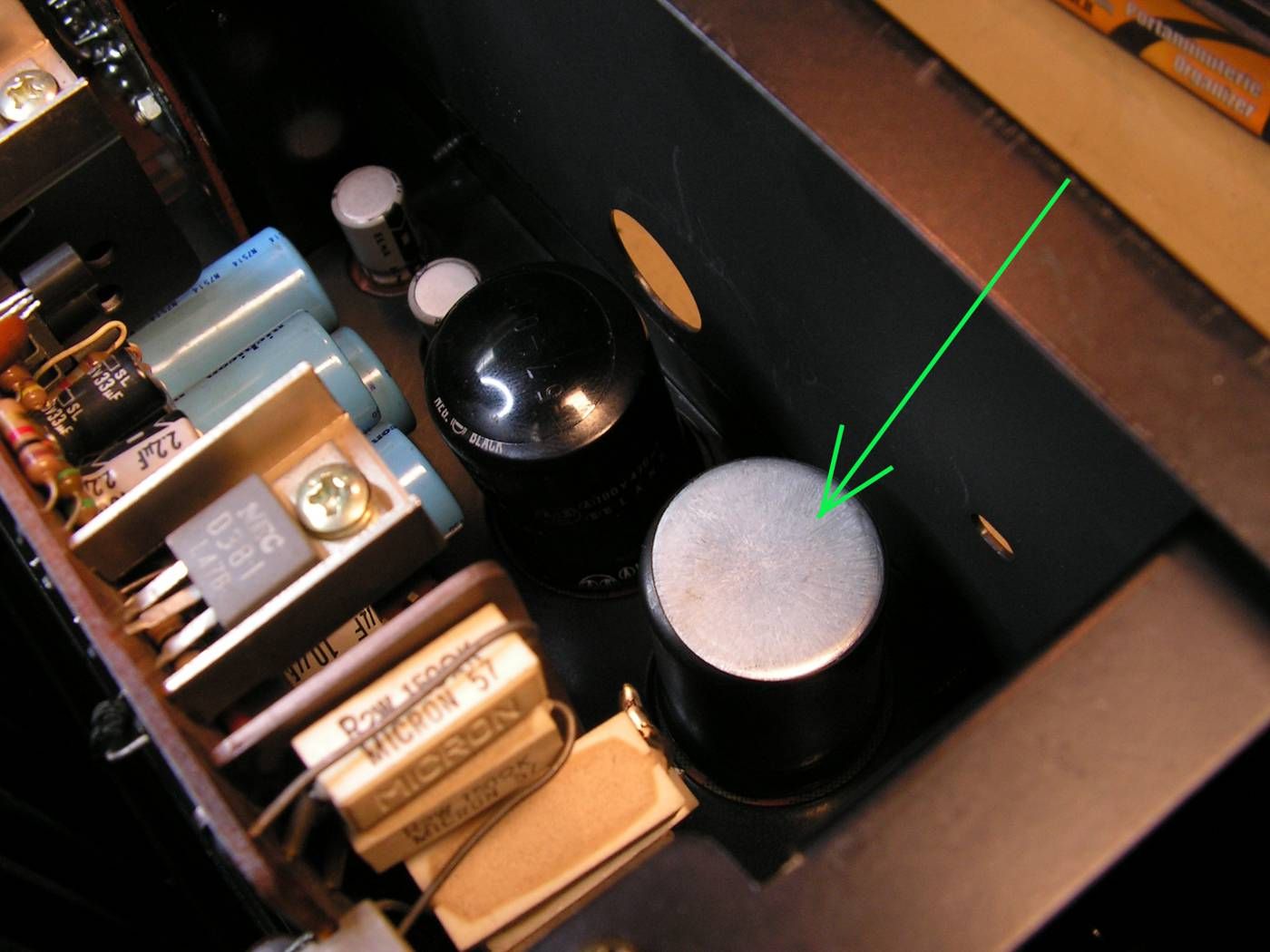
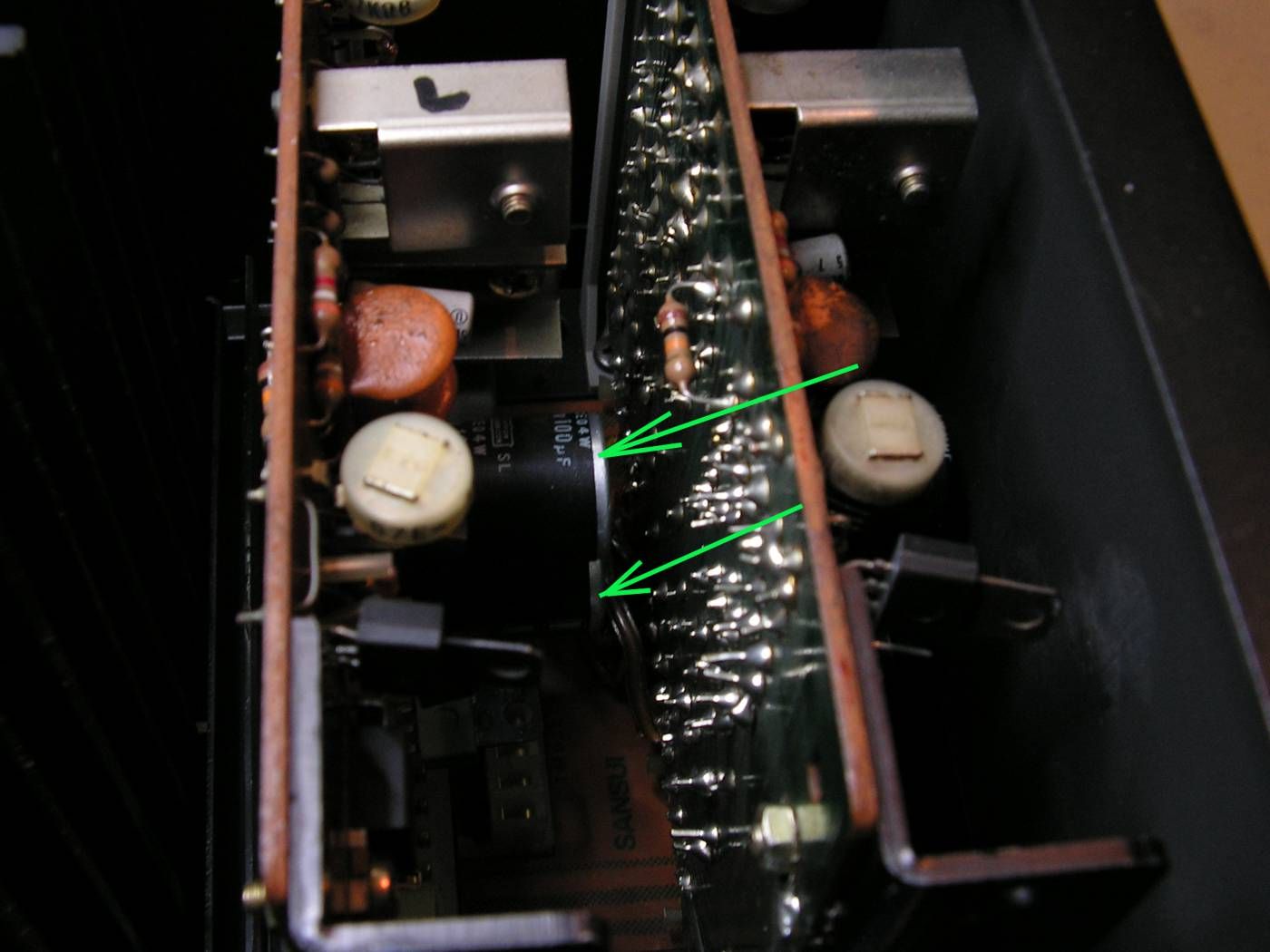
Volume knob has some scratches…
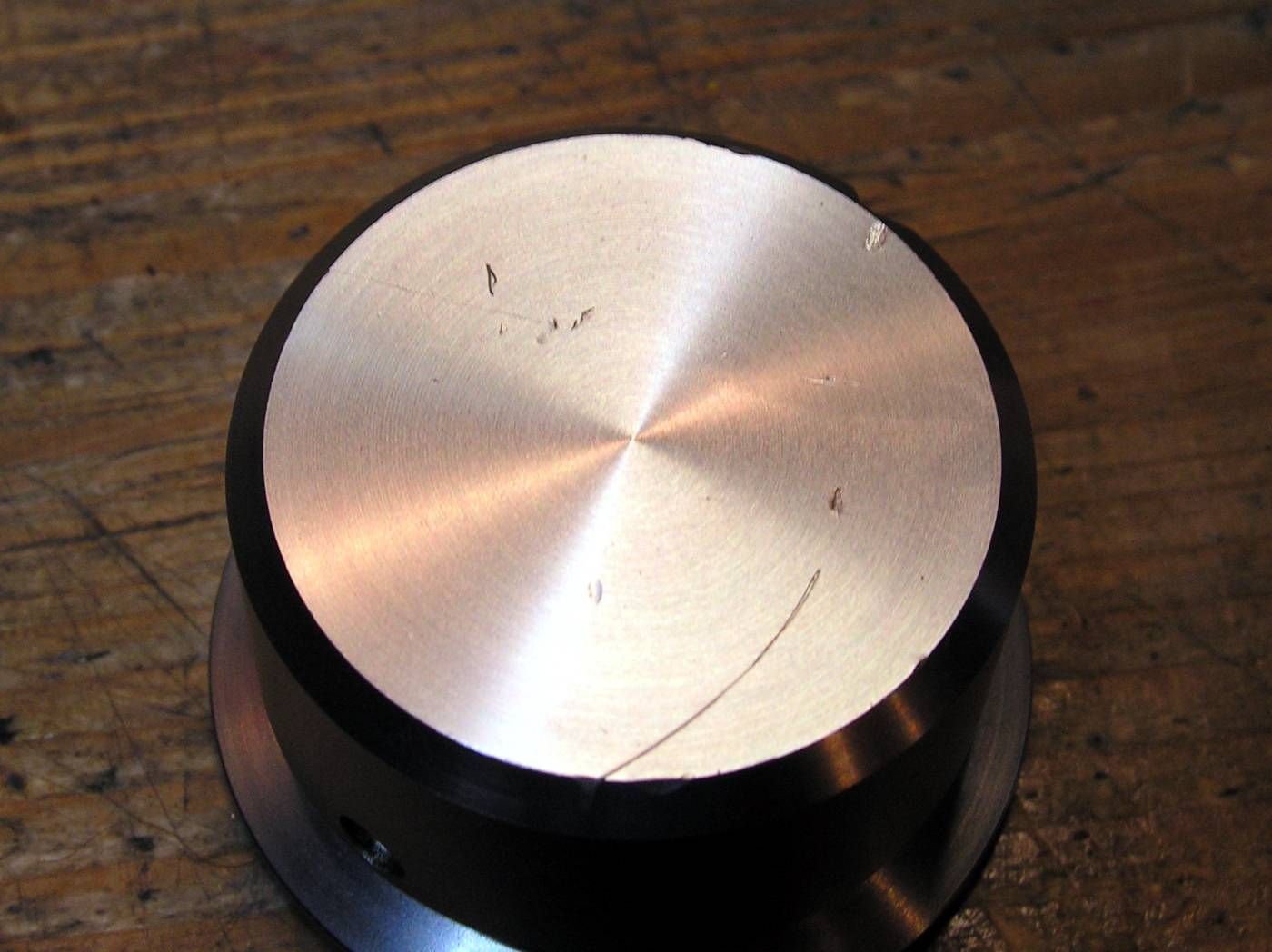
So, to prevent more damages on aluminum knobs of amplifier, I am always keeping them at nylon bags after I removed them from amplifier…
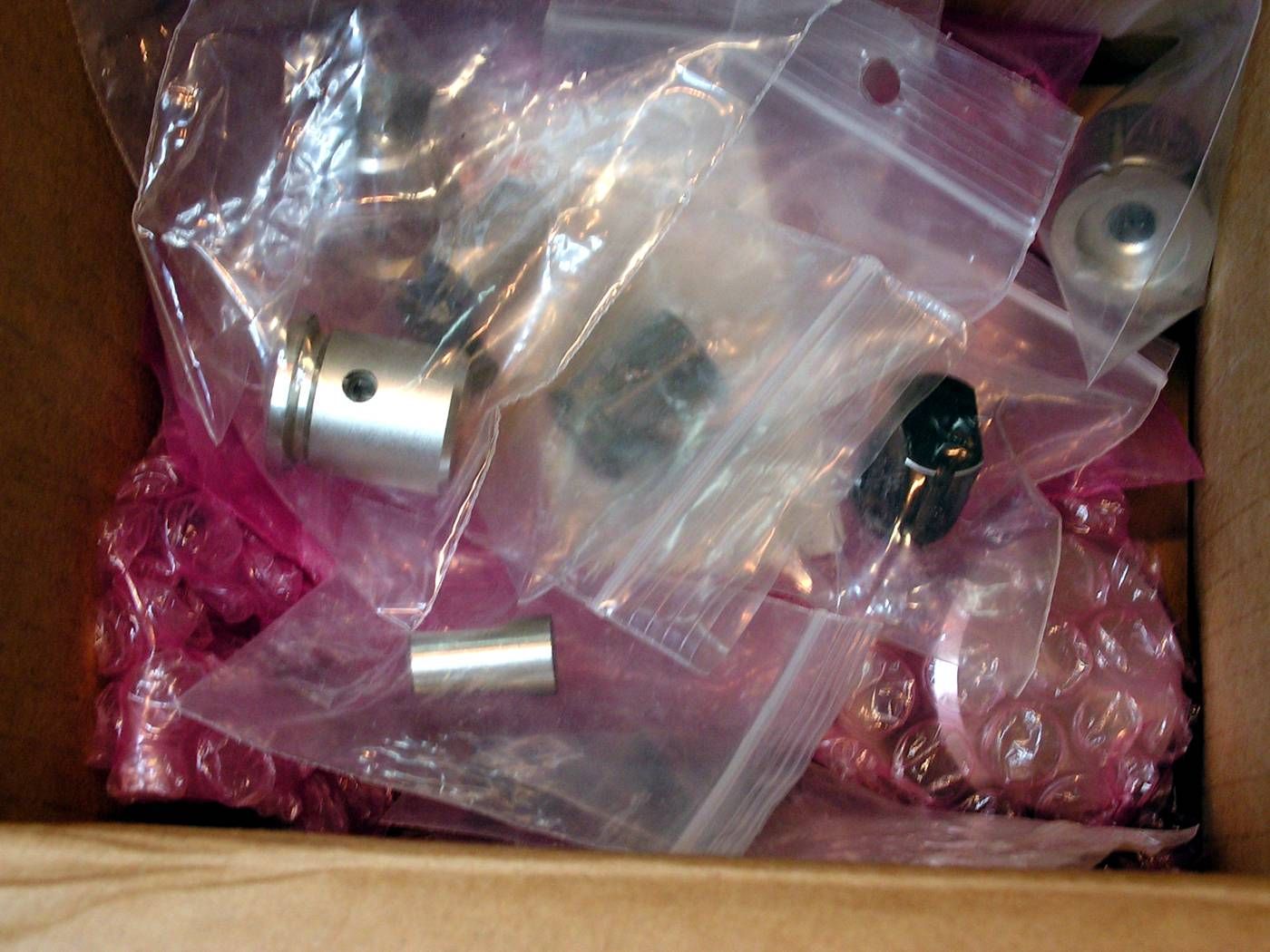
The same thing with front plate… it is protected from damage…
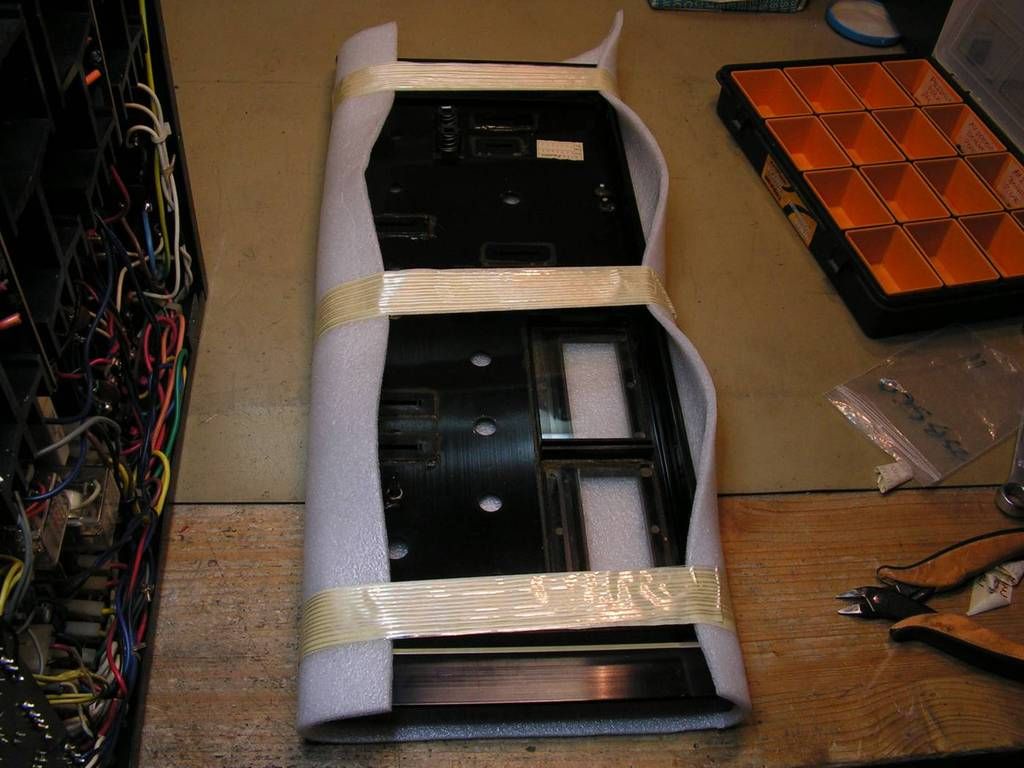
Amplifier has some issues, and someone tried to fix it in the past… but first some pictures how I got it…



First what I noticed is this ceramic power resistor connected to the power meters (?!)… I will see about that later….

Second, that Tone amplifier board has some new electrolytic capacitors and some new small signal transistors… that will be checked later too…

Amplifier has some overheating problems, look how looks like some electrolytic capacitors ….


Volume knob has some scratches…

So, to prevent more damages on aluminum knobs of amplifier, I am always keeping them at nylon bags after I removed them from amplifier…

The same thing with front plate… it is protected from damage…

Last edited:


